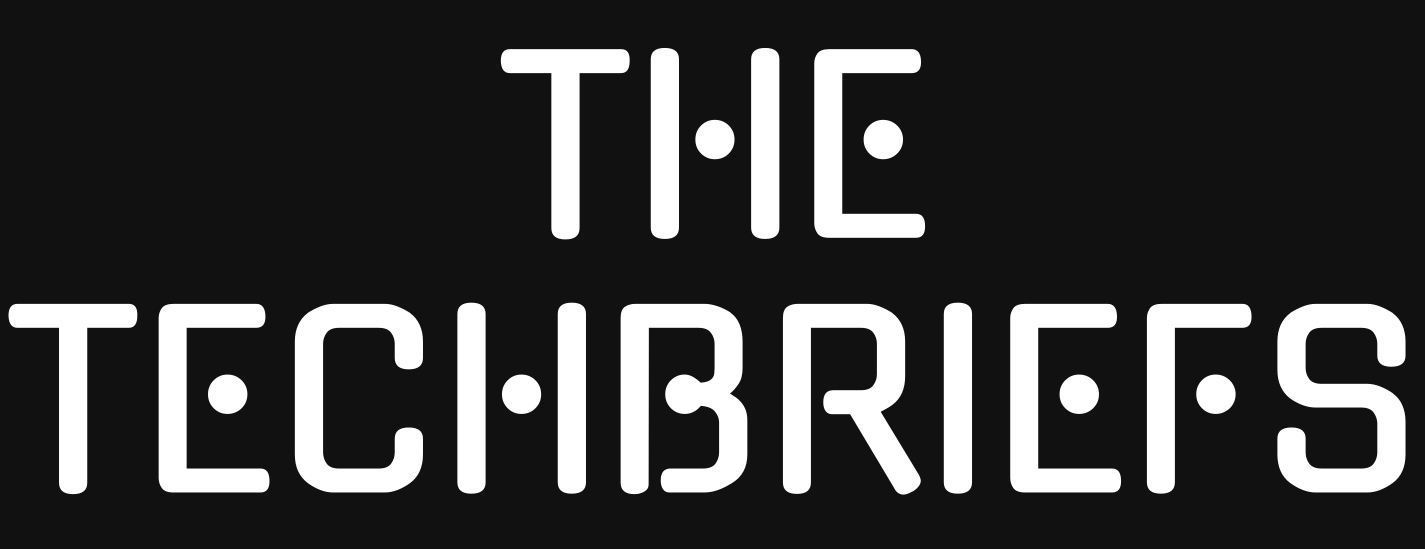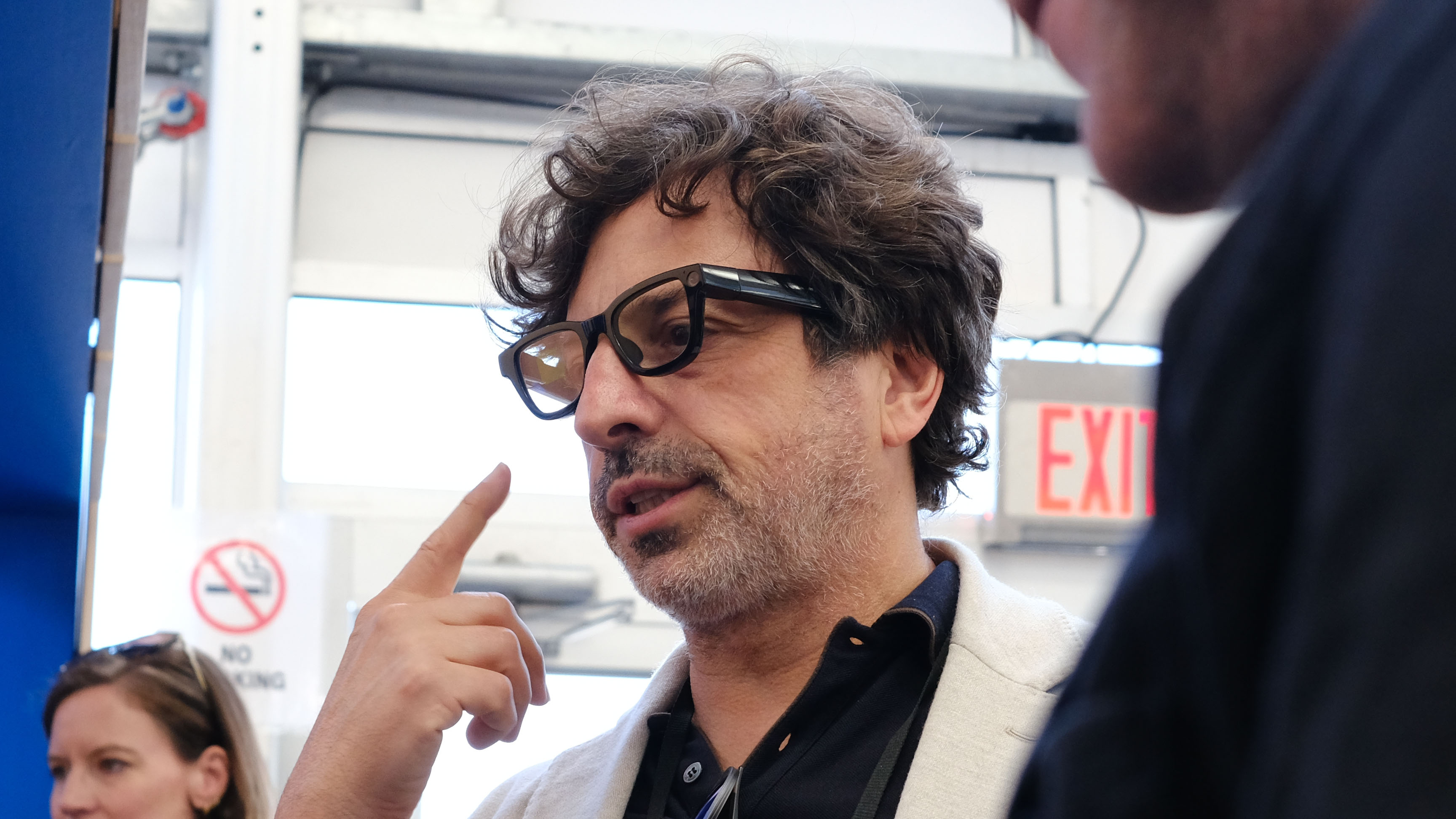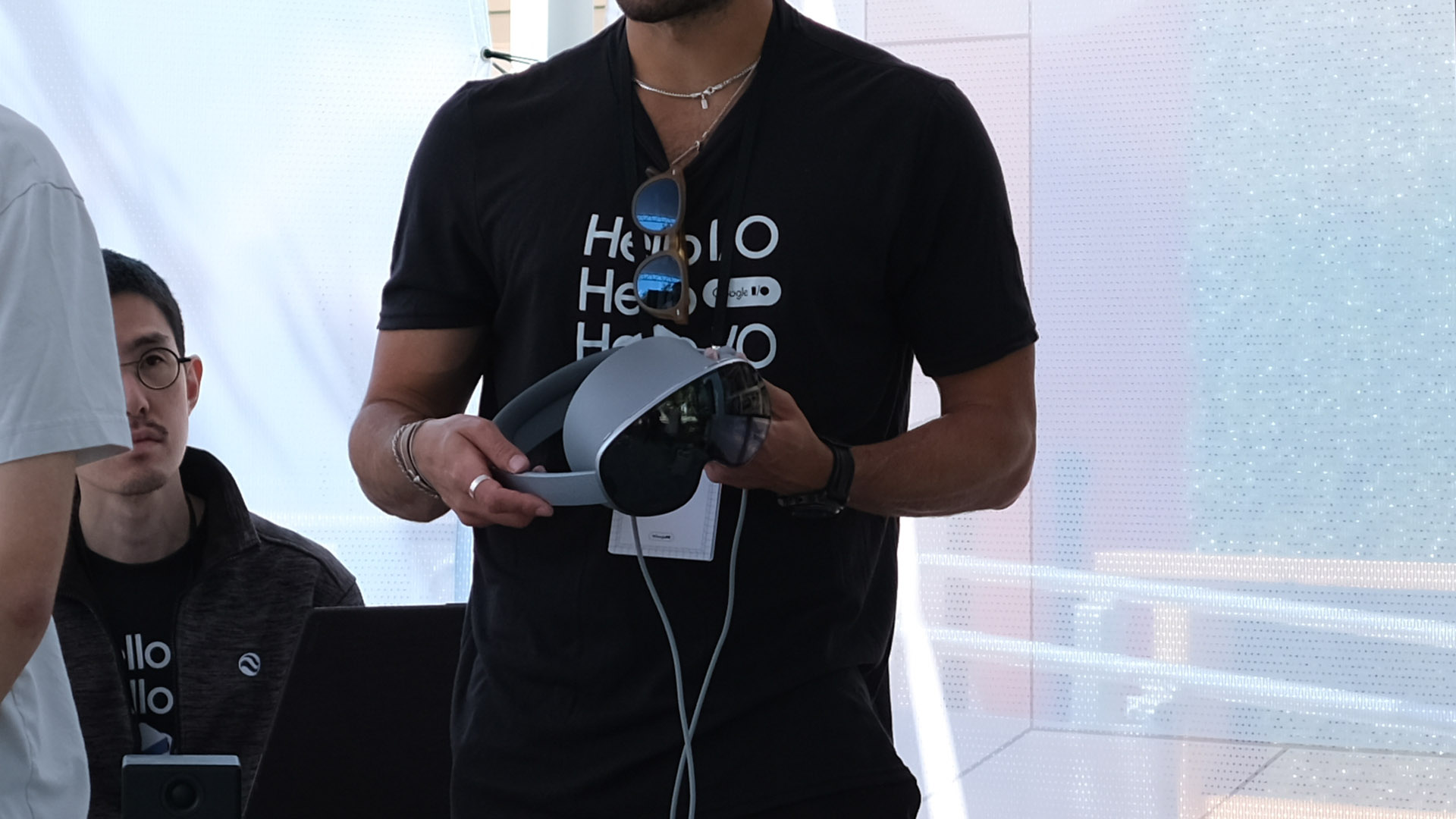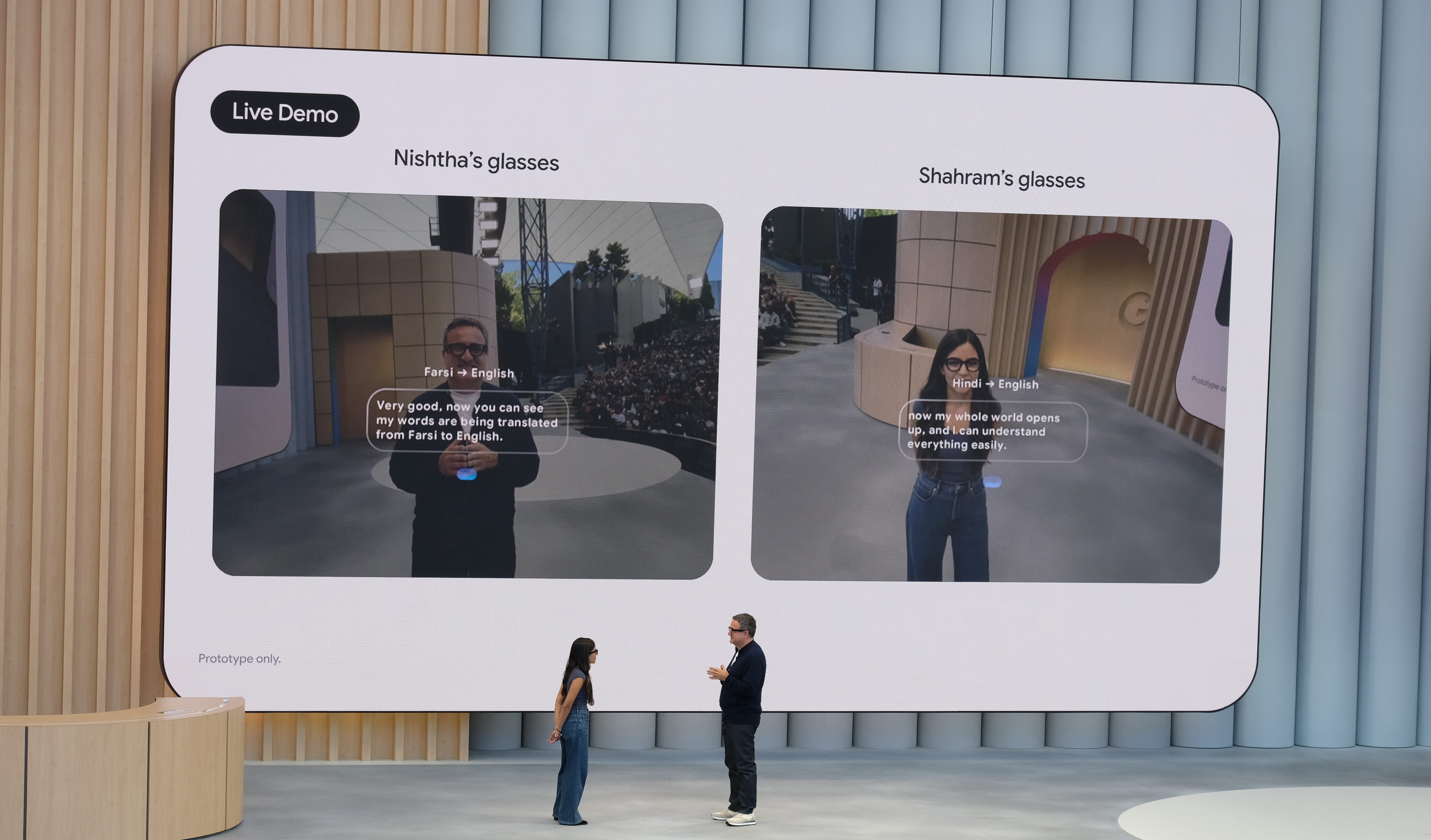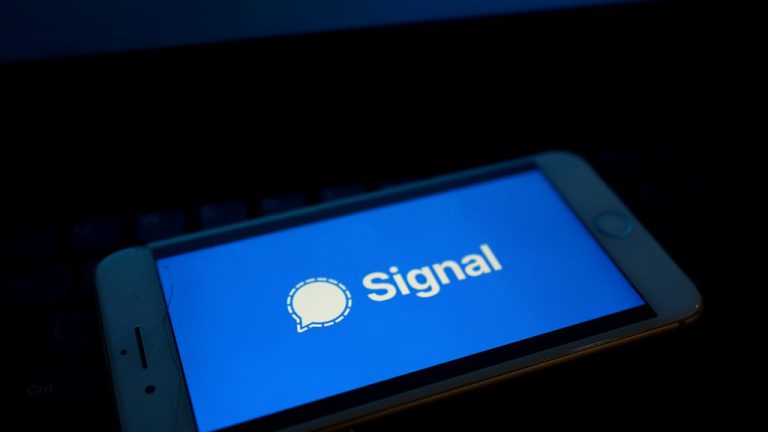Android XR moves closer to (augmented) reality
Google didn’t get it right with Glass, but Android XR is ready for the AI era, even if you aren’t.
Google cofounder Sergey Brin was good enough to model the prototype smart glasses for us. Credit: Ryan Whitwam
Google cofounder Sergey Brin was good enough to model the prototype smart glasses for us. Credit: Ryan Whitwam
MOUNTAIN VIEW, Calif.—Get ready to see Android in a new-ish way. It’s been 13 years since Google announced its Google Glass headset and 10 years since it stopped selling the device to consumers. There have been other attempts to make smart glasses work, but none of them have stuck. As simpler devices like the Meta Ray-Ban glasses have slowly built a following, Google is getting back into the smart glasses game. After announcing Android XR late last year, the first usable devices were on site at Google I/O. And you’re not going to believe this, but the experience is heavily geared toward Gemini.
As Google is fond of pointing out, Android XR is its first new OS developed in the “Gemini era.” The platform is designed to run on a range of glasses and headsets that make extensive use of Google’s AI bot, but there were only two experiences on display at I/O: an AR headset from Samsung known as Project Moohan and the prototype smart glasses.
Moohan is a fully enclosed headset, but it defaults to using passthrough video when you put it on. If you’ve worn an Apple Vision Pro or a Meta Quest with newer software, you’ll be vaguely familiar with how Moohan works. Indeed, the interactions are consistent and intuitive. You can grab, move, and select items with the headset’s accurate hand tracking. With Android XR, you also get access to the apps and services you’ve come to know from Google. Outside of games and video experiences, content has been a problem on other headsets.
Wearing Google Glass(es)
Google’s smart glasses are the more interesting of the pair. While Moohan is not as hefty as the Vision Pro or Quest 3, it’s not something you’d want to wear all day. The glasses, on the other hand, could blend pretty seamlessly into your life. Google stressed at every opportunity that the hardware was a prototype, but the glasses felt and looked good.
Project Moohan looks like a traditional VR or AR headset. Credit: Ryan Whitwam
Unlike the Meta Ray-Bans, Google’s glasses have a display embedded in the right lens (you can just make out the size and location of the display in Sergey’s glasses above). Google Glass projected its UI toward the corner of your vision, but the Android XR specs place the UI right in the middle. It’s semi-transparent and can be a little hard to focus on at first, in part because the information it shows is much more minimal than what you get with Moohan.
The glasses have a camera, microphone, and open-ear speakers. Everything blends well into a body that barely looks any different than a pair of normal eyeglasses. The only hint of “smarts” are the chunky temples that house the silicon and battery. They connect to a phone wirelessly, leveraging the same Gemini Live that you can access with the Gemini app. The experience is different when it’s on your face, though.
The XR glasses have a touch-sensitive region on the temple, which you can long-press to activate Gemini. A tap pauses and unpauses the AI assistant, which is important because it’s very verbose. The demo area for the Android XR glasses was a maximalist playground with travel books, art, various tchotchkes, and an espresso machine. Because Gemini is seeing everything you do, you can ask it things on the fly—Who painted this? Where was this photo taken? Does that bridge have a name? How do I make coffee with this thing?
From the front, you can barely tell there’s anything “smart” about the glasses.
Credit: Ryan Whitwam
From the front, you can barely tell there’s anything “smart” about the glasses. Credit: Ryan Whitwam
Gemini answers those questions (mostly) correctly, displaying text in the lens display when appropriate. The glasses also support using the camera to snap photos, which are previewed in the XR interface. That’s definitely something you can’t do with the Meta Ray-Bans.
AI for your face, later this year
As Google announced at I/O, everyone now has access to Gemini live on their phone. So you can experience many of the same AI interactions that are possible with the prototype specs. But having Gemini ready hands-free to share your perspective on the world feels different, allowing for smoother access to AI features.
Google showed Gemini in Android XR remembering minute details from earlier in the day, sending messages, controlling phone settings, and displaying a floating Google Maps frame for live navigation. Googlers briefly engaged in a “very risky” demo of real-time language translation, too. Google has done things like this before with phones and earbuds, but it looked more effortless with these compact smart glasses. The presenters spoke their mother tongue (Farsi and Hindi), which was detected and translated in real-time to English. However, the magic didn’t last, with one of the units freezing after a minute.
The live translation demo was magical… for a few seconds. Credit: Ryan Whitwam
Google said we’ll see hardware later this year, but it probably won’t look exactly like the demo version at I/O. Hardware is often where Google’s more ambitious projects stumble, and that was certainly the case for Glass. Google co-founder Sergey Brin spoke about that during an I/O appearance, noting that he “made a lot of mistakes with Glass.” He specifically cited his lack of knowledge on consumer electronics supply chains, which contributed to the hefty $1,500 price tag for Glass.
Things should be better for Android XR glasses, Brin said. He says Google is working closely with partners to ensure its glasses are better out of the gate than Glass was. As for Project Moohan, Samsung has the scale and supply chain access to make a competitive piece of hardware. Its issue with past AR and VR products was the software, which it’s relying on Google to handle.
Of course, no one will want to wear smart glasses that look bad—Meta’s glasses have been successful in part because they look very close to standard Ray-Bans. Google says it’s working with Gentle Monster and Warby Parker to create Android XR glasses you won’t mind having on your face. As for whether or not you’ll want Gemini there, it’s hard to say. Google’s live generative AI has come a long way, but churning through video footage of your entire life is going to be expensive and a potential privacy nightmare.
Ryan Whitwam is a senior technology reporter at Ars Technica, covering the ways Google, AI, and mobile technology continue to change the world. Over his 20-year career, he’s written for Android Police, ExtremeTech, Wirecutter, NY Times, and more. He has reviewed more phones than most people will ever own. You can follow him on Bluesky, where you will see photos of his dozens of mechanical keyboards.
